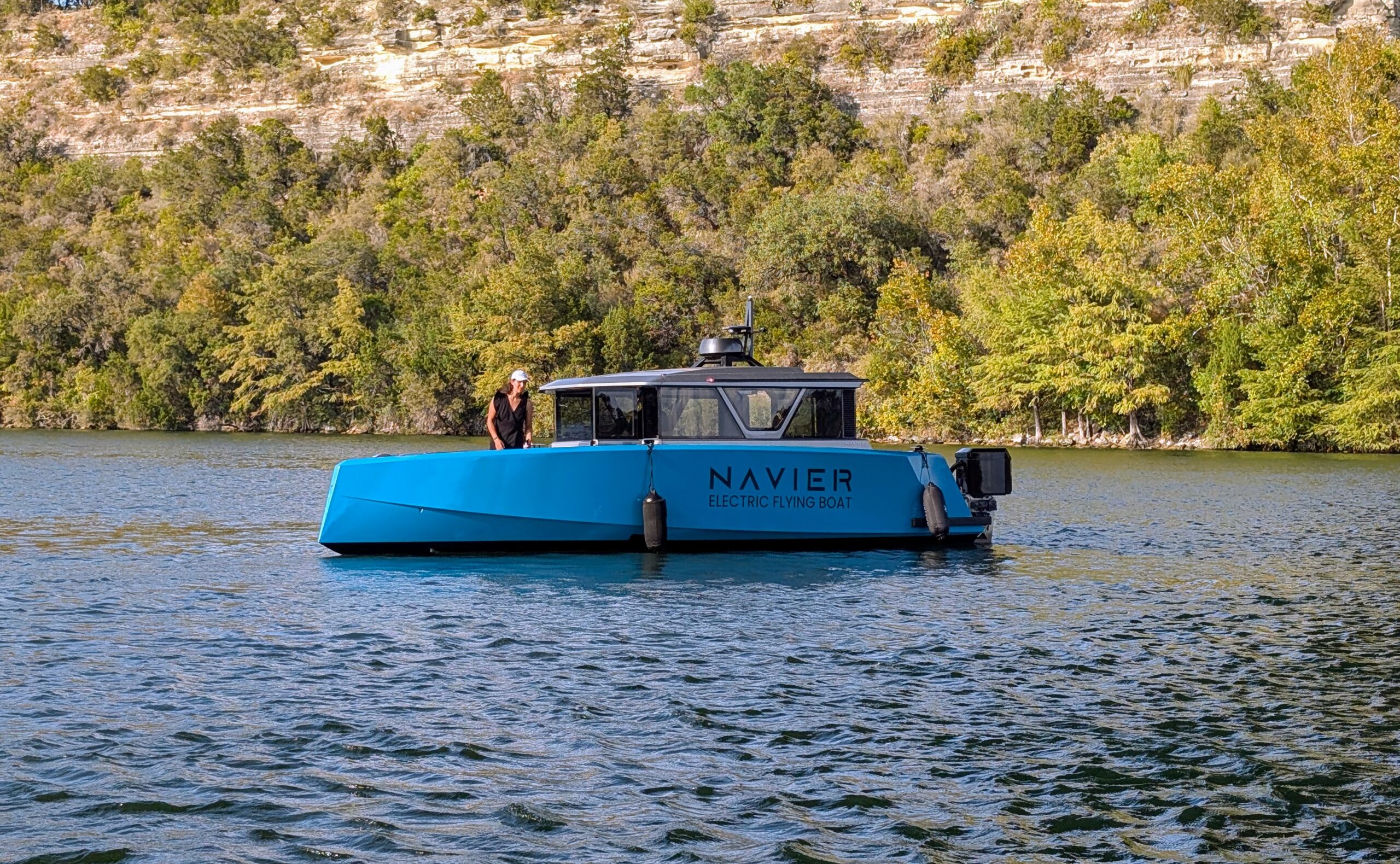Sign up for daily news updates from CleanTechnica on email. Or follow us on Google News!
What makes a European Car of the Year? First, it should be new on the market in the 12 months prior to the date of the title. However, I do not know whether that is the 12 months prior to 2024 in the name of the title, or the 12 months prior to February the 26th 2024, the date the winner is announced.
Second, it should be modern technology and value for money. It also should be innovative, safe, a great driver, good-looking, and a pleasure to sit in. It should even be not too bad for the environment.
Here is what the Spirit of Car of the Year webpage says: “The object of Car of the Year is to find a single, decisive winner. The voting process is designed for that purpose, and not to provide a scale of merit of all competing cars. There are no categories, sub-divisions or class winners.”
In selecting the Car of the Year, they use the following criteria: design, comfort, safety, economy, handling, performance, functionality, environmental requirements, driver satisfaction, and price. Technical innovation and value for money are particularly important factors.
A car with outdated technology that within 10 years is likely to end in a scrapyard because it is too expensive to drive or to own, and which even developing world countries do not want any more, does not belong on the list of candidates — definitely not on the short list of candidates. All cars with a tailpipe are not worth their money. They are only bought by lack of an alternative or because the buyer is ill informed and duped by the saleperson.
Sorry, but in the EU, cars with a tailpipe will be out of the collections of nearly all car brands before 2030. Taxes based on CO2 emissions keep on rising. Many cities are closing for older ICE vehicles, and some are preparing to close the city for all tailpipe vehicles — Amsterdam and large parts of London among them.
Buying any vehicle with a tailpipe is financially a very risky decision. It is throwing money into a bottomless pit. A model making it to the COTY short list is receiving a seal of approval that it is at least good looking modern technology and value for money. Good looking is in the eye of the beholder, but when it has a tailpipe, those other two are not true.
These are the candidates on the short list:
- BMW 5 Series (including mild hybrid and i5 BEV — 3 trims)
- BYD Seal
- Kia EV9
- Peugeot E-3008/3008 (Hybride, PHEV, BEV)
- Renault Scenic
- Toyota C-HR (Hybride, PHEV)
- Volvo EX30
The tailpipe versions of the BMW 5 Series and the Peugeot 3008 do not belong here. An argument that the BEV versions deserve a place on the short list can be made, as the same argument can be made for over a dozen other BEVs that entered the European market in the 12-month period that defines the candidates.
The Toyota C-HR is a fraud. Toyota calls the technology “self-charging” and it is in conflict with the authorities about being dishonest to the public. (BTW, being dishonest to the public was the crime used to prosecute dieselgate in Europe. The actual testing was legal.)
This leaves us with only four real candidates. Two are Chinese (BYD Seal and Volvo EX30), the Kia EV9 is Korean, and only the Renault Scenic is designed and made in Europe, albeit with a lot of Japanese support in the development of the platform.
But I will be nice to the COTY jury and include the two BEV sub-brand models, the i5 and e-3008. Now we have half of the candidates from Europe. This is less of an embarrassment.
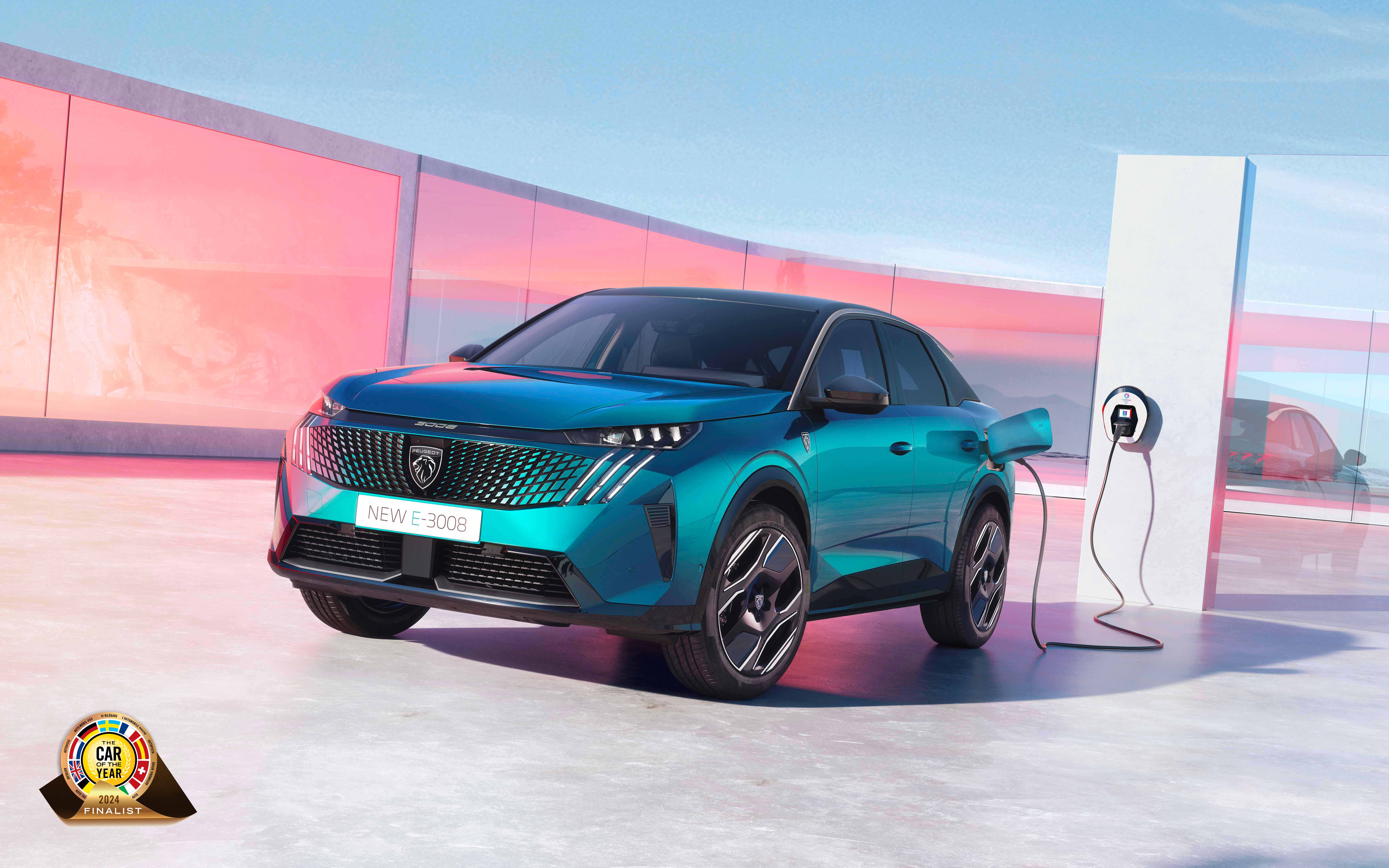
And now for the voting:
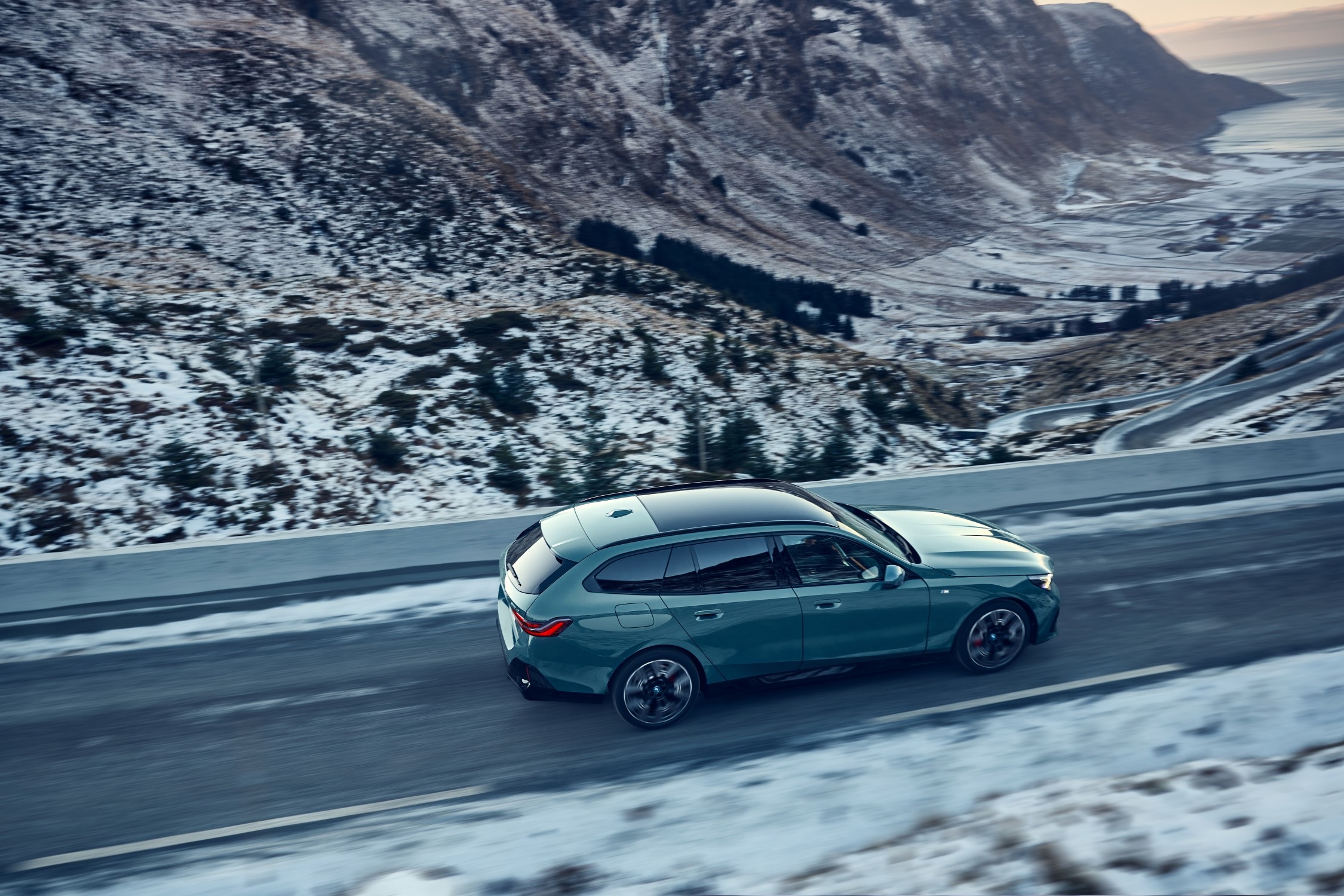
I don’t have a problem with the winner. I know nothing about the BMW i5. It is outside my scope of interest. The Peugeot and the BYD were also potential winners in my view. That the BYD ended in last place is likely in part due to its country of origin. All jurors publish their considerations when awarding their points. But reading them all is not for today.
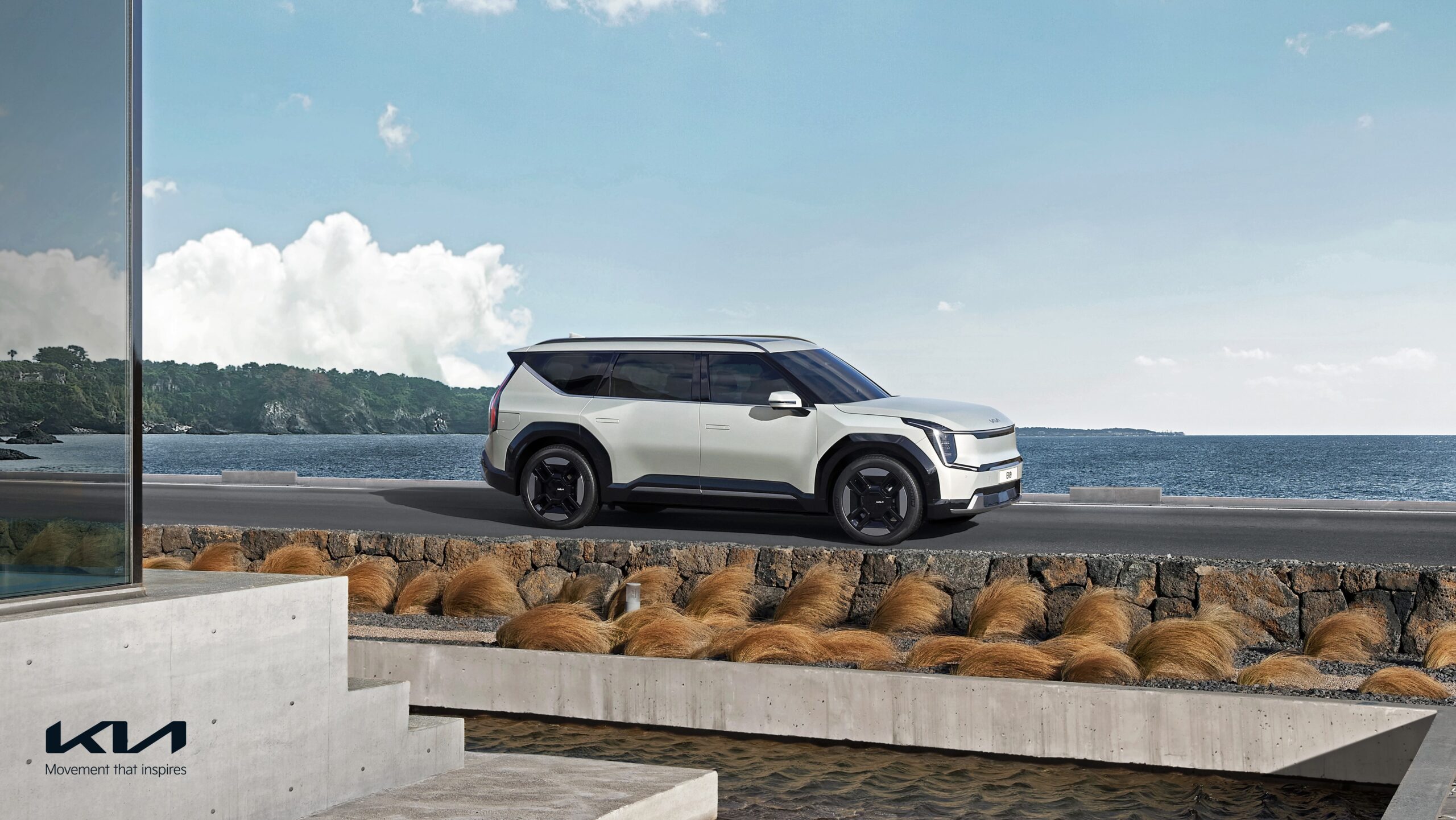
I wrote an introduction to the winner about half a year ago, after visiting the launch at the IAA in Munich. Getting a test drive is still on my to-do list.
The Toyota was last — at least a little justice. But there were two jurors who thought the Toyota embarrassment was the potential winner. Those are Simon Tottoli from Switzerland and Fransisco Mota from Portugal. This is a name and shame of those two. No juror who takes its duty seriously would consider a pure ICE vehicle a good buy and modern technology in this decade. And this was the fifth COTY election in this decade.
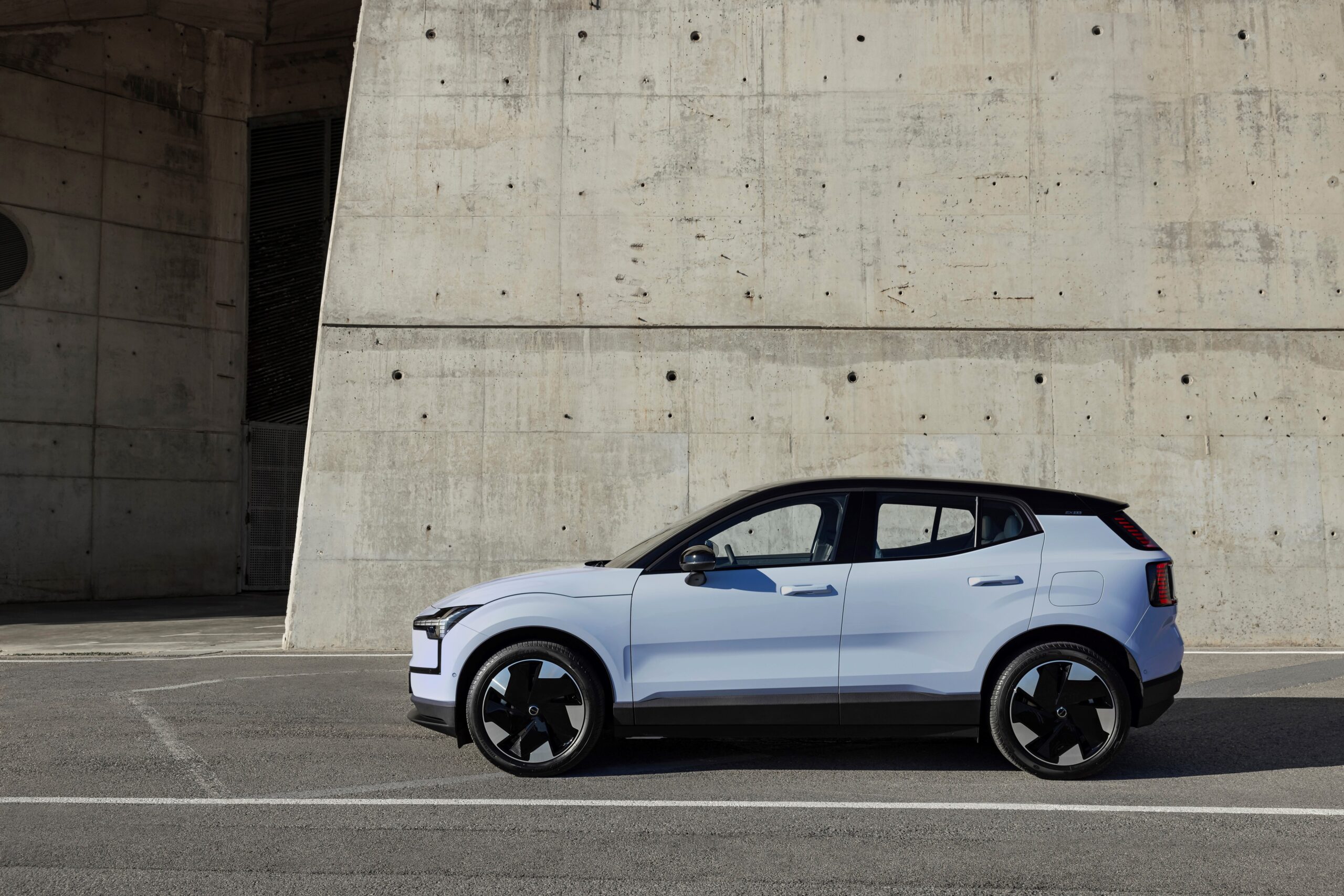
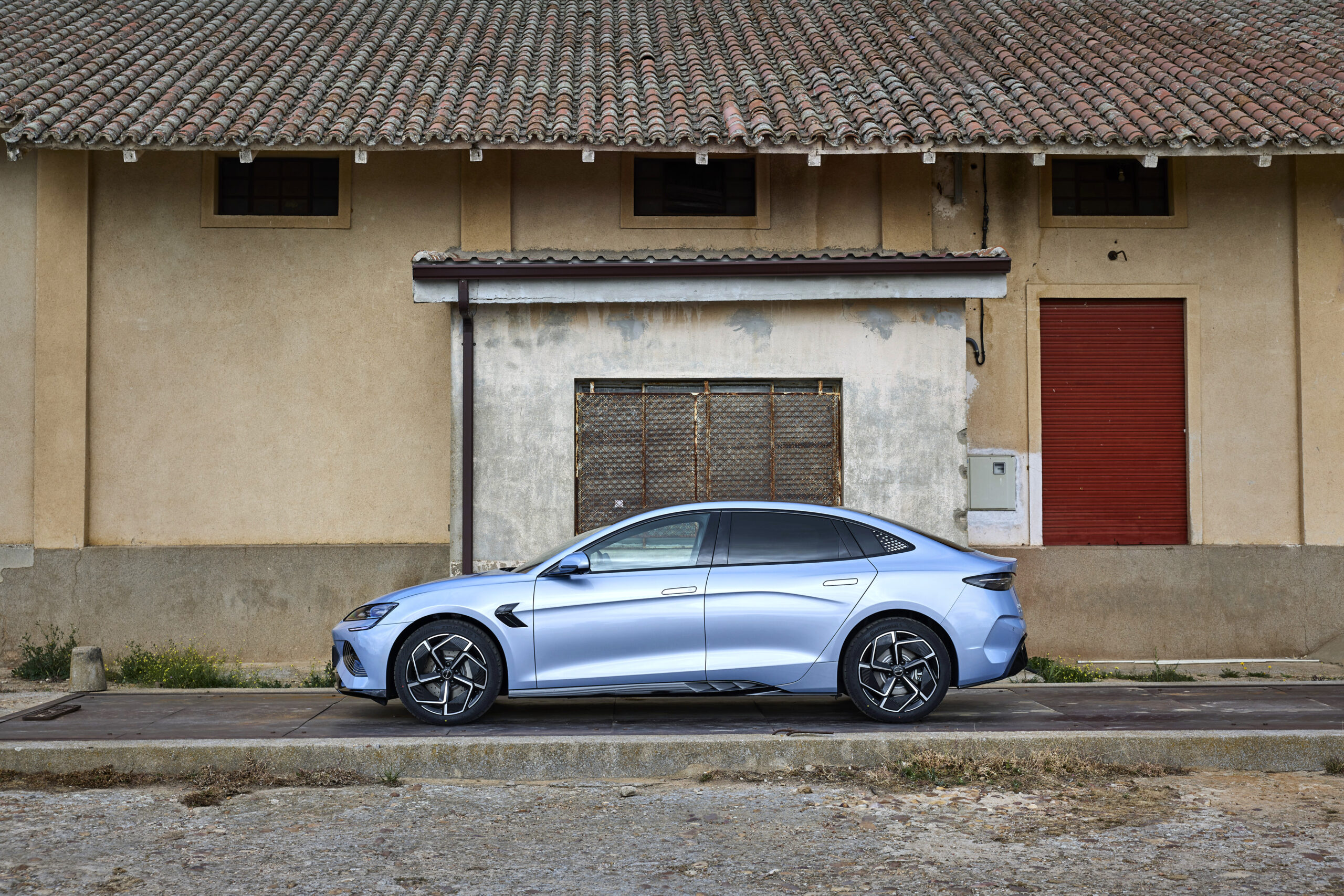
Have a tip for CleanTechnica? Want to advertise? Want to suggest a guest for our CleanTech Talk podcast? Contact us here.
Latest CleanTechnica TV Video
I don’t like paywalls. You don’t like paywalls. Who likes paywalls? Here at CleanTechnica, we implemented a limited paywall for a while, but it always felt wrong — and it was always tough to decide what we should put behind there. In theory, your most exclusive and best content goes behind a paywall. But then fewer people read it!! So, we’ve decided to completely nix paywalls here at CleanTechnica. But…
Thank you!
CleanTechnica uses affiliate links. See our policy here.



